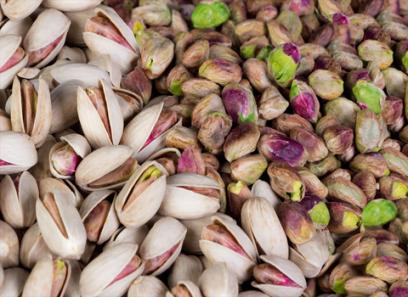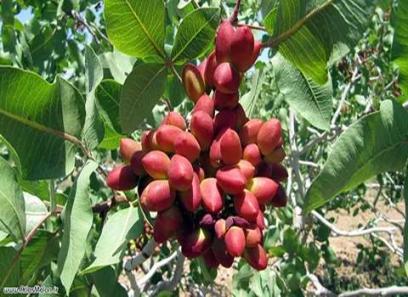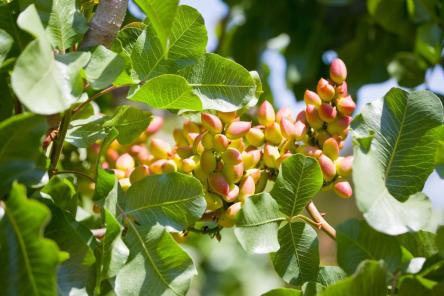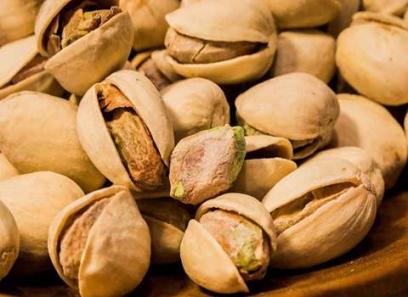Pistachios are a sought-after and beloved nut worldwide, cherished for their unique taste and nutritional value. Iranian pistachios, in particular, hold a significant position in the global marketplace for their premium quality and exceptional flavor. Understanding the factors that influence the pricing of Iranian pistachios throughout the production and consumption journey is essential for businesses operating in the nut industry.
.
 Production Factors
Production Factors
The process of cultivating and harvesting pistachios in Iran involves a meticulous and labor-intensive approach. Key factors that affect the pricing of Iranian pistachios at the production stage include: 1. Climate conditions: Pistachios thrive in hot, dry climates, making Iran an ideal location for cultivation. However, unpredictable weather patterns, such as droughts or excessive rainfall, can impact the crop yield and overall quality. Fluctuations in production due to climate conditions can lead to increased prices. 2. Cultivation expenses: The expenses involved in cultivating pistachios, including labor costs, irrigation, fertilizers, and pest control, contribute to the overall price of Iranian pistachios. Any variations in these costs can affect the final pricing of the product. 3. Market demand: The demand for Iranian pistachios both domestically and internationally plays a significant role in pricing. Higher demand coupled with limited supply can lead to increased prices, while lower demand may result in price adjustments to stimulate sales.
..
 Processing and Packaging
Processing and Packaging
Once harvested, pistachios go through processing and packaging to enhance their shelf life and maintain quality. Factors influencing the pricing during this stage include: 1. Processing methods: The techniques used to remove the outer shells, sort, and grade pistachios can impact the overall cost. Modern, more efficient processing methods may reduce costs, while traditional, labor-intensive techniques can increase prices. 2. Quality control: Thorough quality control procedures are crucial to ensuring that only the best pistachios reach the market. Investments in advanced technologies for quality testing can influence pricing, as they impact overall efficiency and accuracy. Distribution and Transportation The distribution and transportation process of Iranian pistachios from Iran to various global markets can also affect their pricing. Factors to consider include: 1. International trade policies: Import and export regulations, tariffs, and trade agreements between Iran and other countries can impact the cost of transporting and distributing pistachios. Political tensions and economic sanctions can sometimes result in additional costs or barriers to trade. 2. Logistics and shipping costs: The expenses associated with transportation, including shipping, handling, storage, and insurance, can influence the final price of pistachios. Fluctuations in fuel prices or disruptions in the supply chain can impact these costs.
…
 Consumer Market
Consumer Market
Finally, the pricing of Iranian pistachios at the consumer level is influenced by various factors, including: 1. Brand reputation: Well-established brands with a strong reputation often come with a premium price tag. Consumers are willing to pay more for trusted brands that consistently deliver high-quality pistachios. 2. Packaging and presentation: Appealing and innovative packaging can enhance the perceived value of pistachios, allowing for higher pricing. Eye-catching designs or unique packaging materials may justify a higher price point. 3. Market competition: Pricing strategies of competitors in the market play a decisive role in setting the price of Iranian pistachios. Rival brands may offer similar products at different price points, influencing the market dynamics and consumer preferences. Understanding the intricate journey of Iranian pistachios from production to consumption provides businesses with insights into the various factors that impact pricing. By monitoring these factors and adapting their strategies accordingly, companies can navigate the market and fulfill consumer demand while maintaining profitability.Conclusion The price of Iranian pistachios from production to consumption is influenced by a range of factors. These factors include climate conditions, cultivation expenses, market demand, processing methods, quality control, international trade policies, logistics and shipping costs, brand reputation, packaging and presentation, and market competition. Each stage of the production and distribution process contributes to the final price that consumers are willing to pay. Businesses in the nut industry must navigate these factors to ensure the profitability of their pistachio ventures. By understanding the dynamics and influences behind pricing, companies can make informed decisions regarding production, processing, distribution, and marketing. This knowledge allows businesses to not only meet consumer demands but also position themselves strategically within the market. The popularity of Iranian pistachios is a testament to the high-quality standards upheld by growers and manufacturers in Iran. It is this commitment to excellence that has made Iranian pistachios a sought-after product in both domestic and international markets. While price fluctuations may occur due to various circumstances, the reputation and superior quality of Iranian pistachios continue to justify their value in the eyes of consumers. Overall, the pricing of Iranian pistachios undergoes a complex and multifaceted process from production to consumption. Businesses operating in the nut industry must adapt to these factors to ensure they can fulfill consumer demand, maintain profitability, and sustain their position as key players in the global pistachio market.




